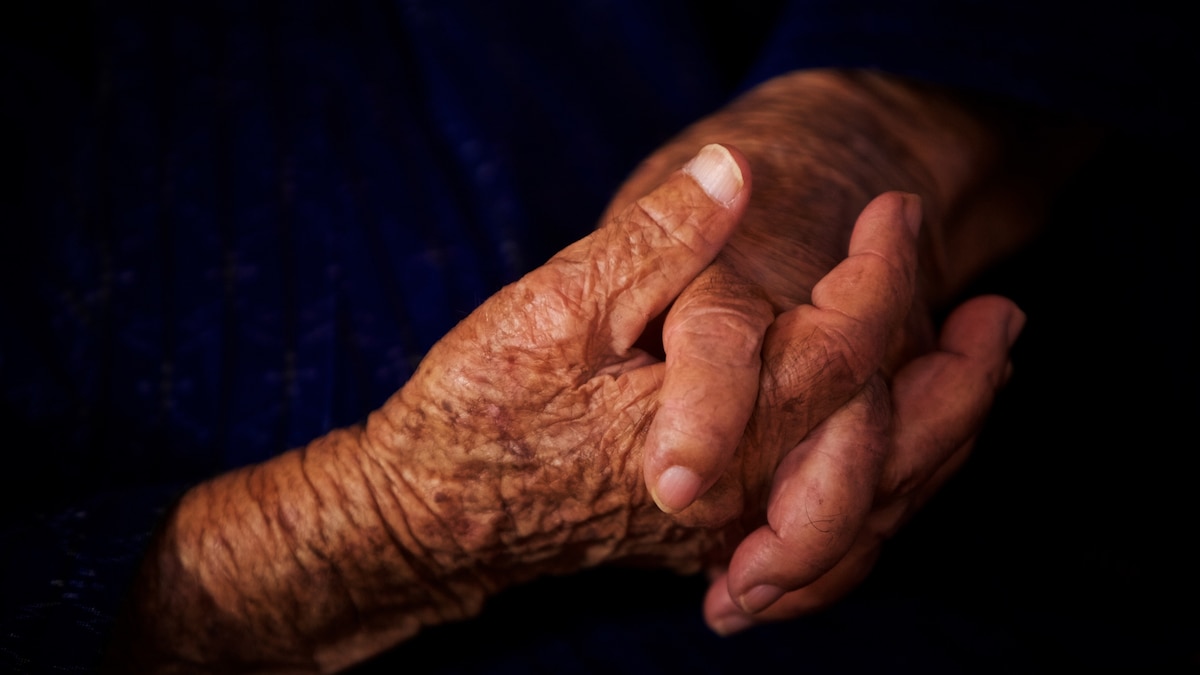Aging ranks with sleep as one of the fundamental mysteries of human biology. What causes the body to slow down, its cells to stop dividing, and its organs to fall prey to increasing illness and disability? No one has definitive answers to these questions, but theories can be grouped into two camps: gradual damage over time and genetic programming.
The first group of theories holds that the body ages because of wear and tear that accumulates in the tissues over the years. Waste products build up in cells, backup systems fail, repair mechanisms gradually break down, and the body simply wears out like an old car.
The second group says that aging is driven by our genes—by an internal molecular clock set to a particular timetable for each species. Support for this theory comes from animal studies: Scientists have been able to cause an increased life span in some animals by altering just one gene. Biologists point out that from an evolutionary point of view, the effects of natural selection greatly decline after reproductive age. Evolution favors genes that are beneficial early in life, putting the body’s resources into reproduction and leaving fewer available for long-term maintenance.
Only so much division
The process of aging begins in the body’s smallest units, the cells. How and why cells age is a subject of debate, though a few mechanisms are becoming clear. In the early 1960s, biologist Leonard Hayflick discovered that cultured cells would divide only an average of 50 times before they stopped—a number that has become known as the Hayflick limit. With the exceptions of stem cells and cancer cells, this limit applies to all human tissues, though cells from older people divide fewer times.
But what makes cells slow down and die? An interesting finding is the discovery of the role of telomeres. Telomeres are stretches of DNA that cap the ends of chromosomes, protecting them from damage and keeping them from fusing with other chromosomes. Researchers found that each time a cell divides, about 50 to 100 of the telomere’s nucleotides are lopped off. When the telomere reaches a minimum length, cell division stops altogether.
This finding was bolstered by the discovery of telomerase, an enzyme in immortal cells (such as stem cells) that repairs telomeres after each division. The enzyme does not affect nondividing cells, such as those in the brain and heart tissues, and in cells that do divide, telomerase may promote cancer.
Fitness and DNA
Biology is not destiny, even when telomeres are involved. So say researchers studying the relationship between telomere length and environmental factors. People with stressful lives— for instance, African-American men experiencing racism—are found to have telomeres that are shorter than average.
On the other hand, a small study conducted by Dean Ornish at the University of California, San Francisco, showed that people who adopted healthier lifestyles, such as those including moderate exercise, a plant-based diet, and stress-reducing regimens, experienced on average a 10 percent increase in telomeres. More research is needed to confirm the findings, but the studies appear to be another brick in the wall of evidence in favor of staying lean, fit, and mellow.
Ch-ch-ch changes
Aging affects almost all of the body’s systems: the senses, the digestive organs, the cardiovascular system, the immune system, the bones, and the muscles. Interestingly, the central nervous system—the brain and spinal cord—is among those least affected by age. In most tissues, the decline in function is not drastic. Only in situations of stress or disease does it become clear that the older body has trouble coping.
Changes to bones and muscles affect an older person’s daily life perhaps more than anything else. Between the ages of 30 and 60, bone density decreases in both men and women. Muscles also change over time. Between the ages of 30 and 75, about half the body’s muscle mass disappears, while the amount of fat doubles.
The heart, blood vessels, and lungs are durable structures, built for a long lifetime. The fact that so many older people develop heart and lung problems has less to do with the aging process than with lifestyle factors, such as smoking, obesity, and lack of exercise. The systems do change a bit with time: The valves and walls of the heart become thicker and stiffer, which makes the heart work harder to pump blood. Artery walls also thicken and stiffen, which can contribute to high blood pressure. Lung tissues lose some elasticity as the body grows old. Perhaps more significant, the lungs’ immune system begins to break down with age. Because they pull in airborne organisms, lungs become particularly vulnerable to infections.
Staying sharp
Fearsome specters of aging are those of dementia and the erosion of self that comes with the deterioration of the brain. But dementia is not a feature of normal aging. The healthy brain, in fact, works well in old age. Like the rest of the body, its tissues shrink slightly as cells die off, and it loses about 10 percent of its weight by extreme old age. This loss matters less in the brain than it would in many other organs, though, because the brain has far more cells than it needs. Its neurons also form new connections as cells die, as their dendrites extend to still-living cells. Some neurotransmitters do decrease with age, and cerebral blood flow drops.
These changes can produce subtle alterations over time. They may affect short-term memory, verbal fluency, and learning ability, but they need not significantly alter intellectual functioning.
Perhaps the most noticeable changes to the nervous system occur in the senses, particularly vision and hearing. Presbyopia—a decline in near vision—is one of the few virtually universal characteristics of aging. Starting between the ages of 40 and 50, it is the result of a gradual stiffening of the lens of the eye. Hearing worsens slightly too, due to the normal processes of aging and to long-term damage from loud noises.
